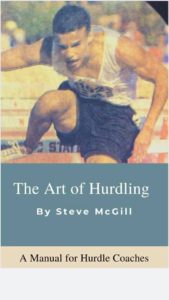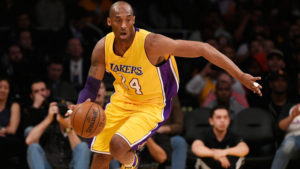March 6, 2021
Below are the topics I will cover in tomorrow’s Zoom clinic for hurdle coaches. This is my first time doing one of these, so if we don’t get to everything, I can always do another one. Most time will be dedicated to explaining (and demonstrating via videos) hurdling mechanics and how to properly do the drills that teach efficient mechanics. There’s still time to sign up if you want to join the call. Check my post from last month for registration info.
–Principles of Downhill Hurdling
–Hurdling Mechanics
–Hurdle Drills
–Preparing to Race
–Bread & Butter 400H Workouts
–Alternating drills for 400H
–Rhythm Development for 400H
–Conducting a Hurdle Practice Session
–Bread & Butter 100/110H Workouts
–Coach’s Role on Race Day
–Frequently Asked Questions

